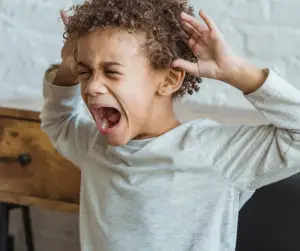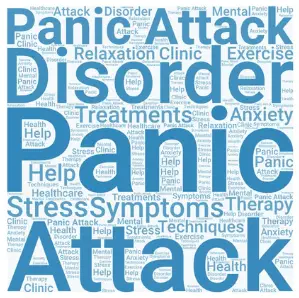A panic attack in a child may manifest differently than in an adult. An adult may experience a pounding heart, shortness of breath, and a feeling of detachment from reality. But a child may cry nonstop, have a tantrum, or freeze up. It is important to remember that each child is different. They will hence exhibit various symptoms during a panic attack. If you are unsure whether your child has a panic attack or not, it is best to consult with a medical professional.

A panic attack is a sudden feeling of intense anxiety and fear. Symptoms of a panic attack may include heart palpitations, sweating, shortness of breath, chest pain, dizziness, and nausea. A child may experience a panic attack if they are under a lot of stress. If they have a family history of anxiety disorders, also a child may have a panic attack.
The National Institute of Mental Health has published a survey on panic attacks in children. It says about 3 percent of American children aged 13 to 18 have panic disorder. There are quite a few symptoms of a panic attack. Recurrent unexpected panic attacks and persistent worry or concern about having another panic attack are the characteristics of a panic disorder. Children with panic disorder may also avoid places or situations where they fear an attack may occur.
Most children who suffer from panic attacks will have genuine physical symptoms. These can be pretty frightening. These may include a pounding heart, feeling short of breath, sweating, trembling, and even a sense of impending doom. Many children will also experience mental symptoms such as fearfulness, worry, and feelings of being out of control. These symptoms can be terrifying. But it is important to remember that they are not dangerous. They do not mean that something is physically wrong with your child. If your child does suffer from panic attacks, there are a few things that you can do to help them cope. First, it is important to try to stay calm and assure your child that you are there for them. It can also be helpful to plan what to do when an attack occurs. This may include having your child sit down and focus on their breathing. You may also take them for a walk outside.
In conclusion, it is important to be aware that a panic attack in a child may manifest differently than in an adult. So you must consult with a medical professional. If you are unsure whether your child has a panic attack, it is better to be safe than sorry.
If your concern about your child’s panic attacks is worrying you, you must talk to their doctor to get the help they need.

